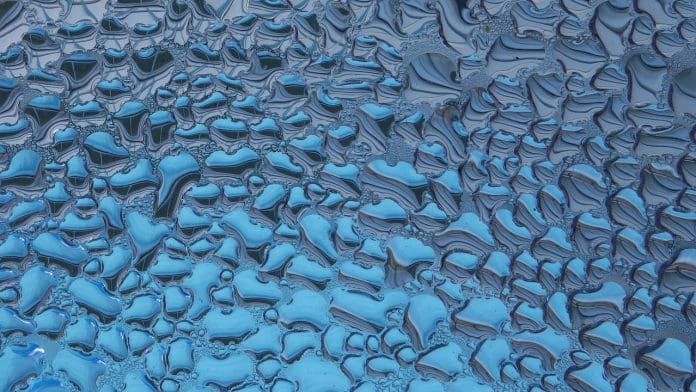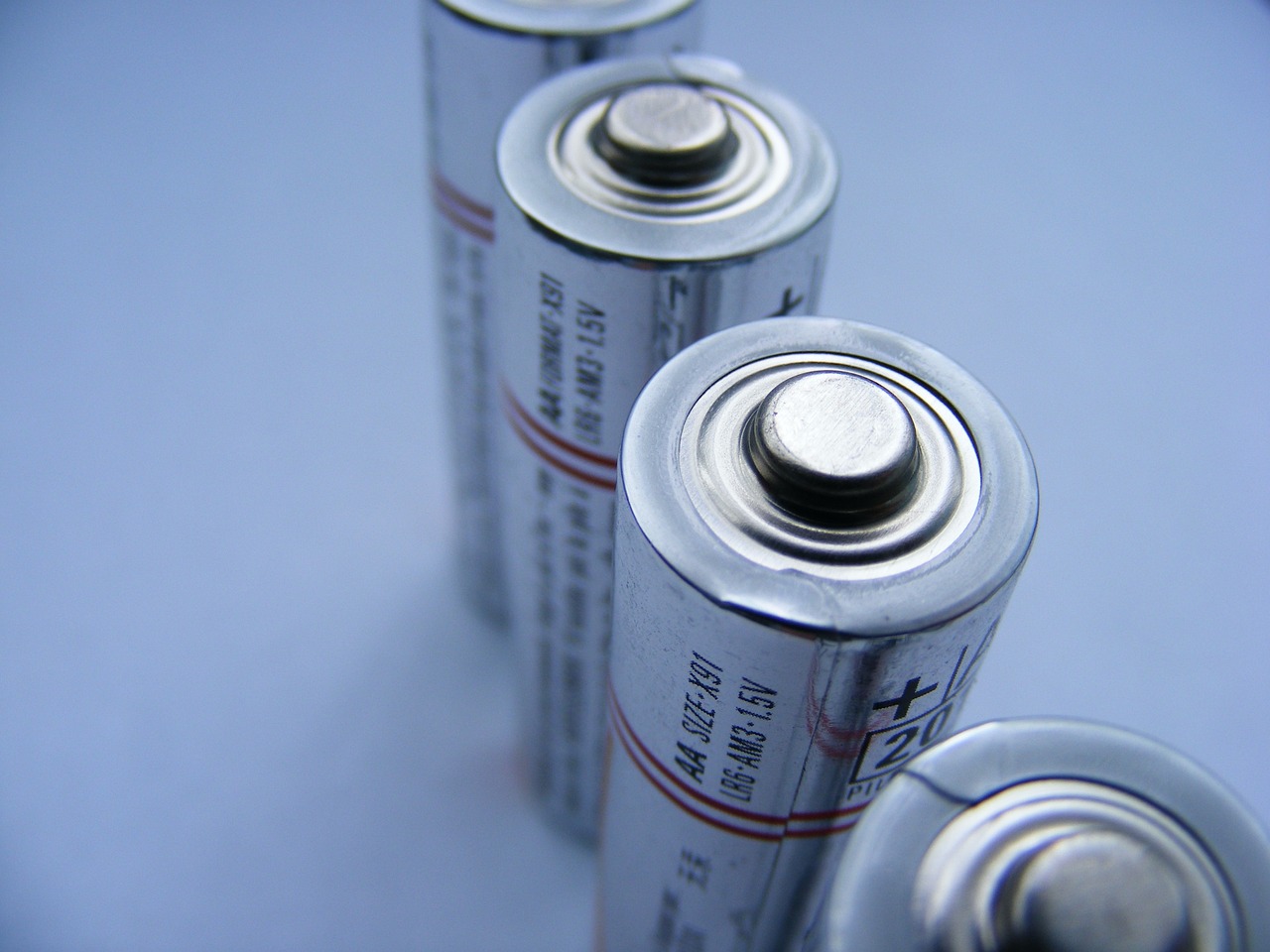This post is also available in:
 עברית (Hebrew)
עברית (Hebrew)
Our atmosphere contains large amounts of water, and apparently, it can even be harvested and used to make drinking water. New research from the University of Utah has made advancements in the field of Atmospheric water harvesting (AWH), making the process more efficient, and enabling it to be used to relief local shortages, or help soldiers deployed in areas where water supply is sparse.
According to TechXplore, the study demonstrates an innovative fuel-fired prototype that is compact, and cycles quickly. It works is in two steps: adsorbent materials pull water molecules out of non-humid air, then heat is applied in order for the molecules to become liquid.
The device uses aluminum fumarate, a metal organic framework, which is shaped into panels that collect the water from the air as it is drawn through it. “The water molecules themselves get trapped on the surfaces of our material, and that’s a reversible process. And so instead of becoming ingrained into the material itself, it sits on the walls,” said Nathan Oritz, a graduate student. “What’s special about these absorbent materials is they have just an immense amount of internal surface area. There’s so many sites for water molecules to get stuck.”
Because the material’s surface area is all at the molecular level, a little material can capture a significant amount of water. Just a single gram of it can hold as much surface area as two football fields, according to Sameer Rao, a professor of mechanical engineering, as reported on TechXplore.
The device was designed with military applications in mind. The researches envisioned a compact water generation unit that can be carried easily and reduce the need for large canteens, and create “water on demand” when shortages are present. However, the researchers say that it can very much be relevant for civilian purposes as well, especially in areas where water supply is problematic.
The prototype was able to achieve its goal of producing 5 liters of water a day per kilogram of adsorbent material. According Oritz, considering the amount of water the average soldier drinks in a day, in a just three days this device could be more efficient than packing water.
The second step of the process, which includes the heating the device to release liquid-form water, is conducted by using a readily available Army camping stove. The team explains that as the white gasoline used in camping stoves is energy dense, this allows the device to be used in very dry environments, potentially making it the first atmospheric water harvesting technology that was able to reach such feat.


























